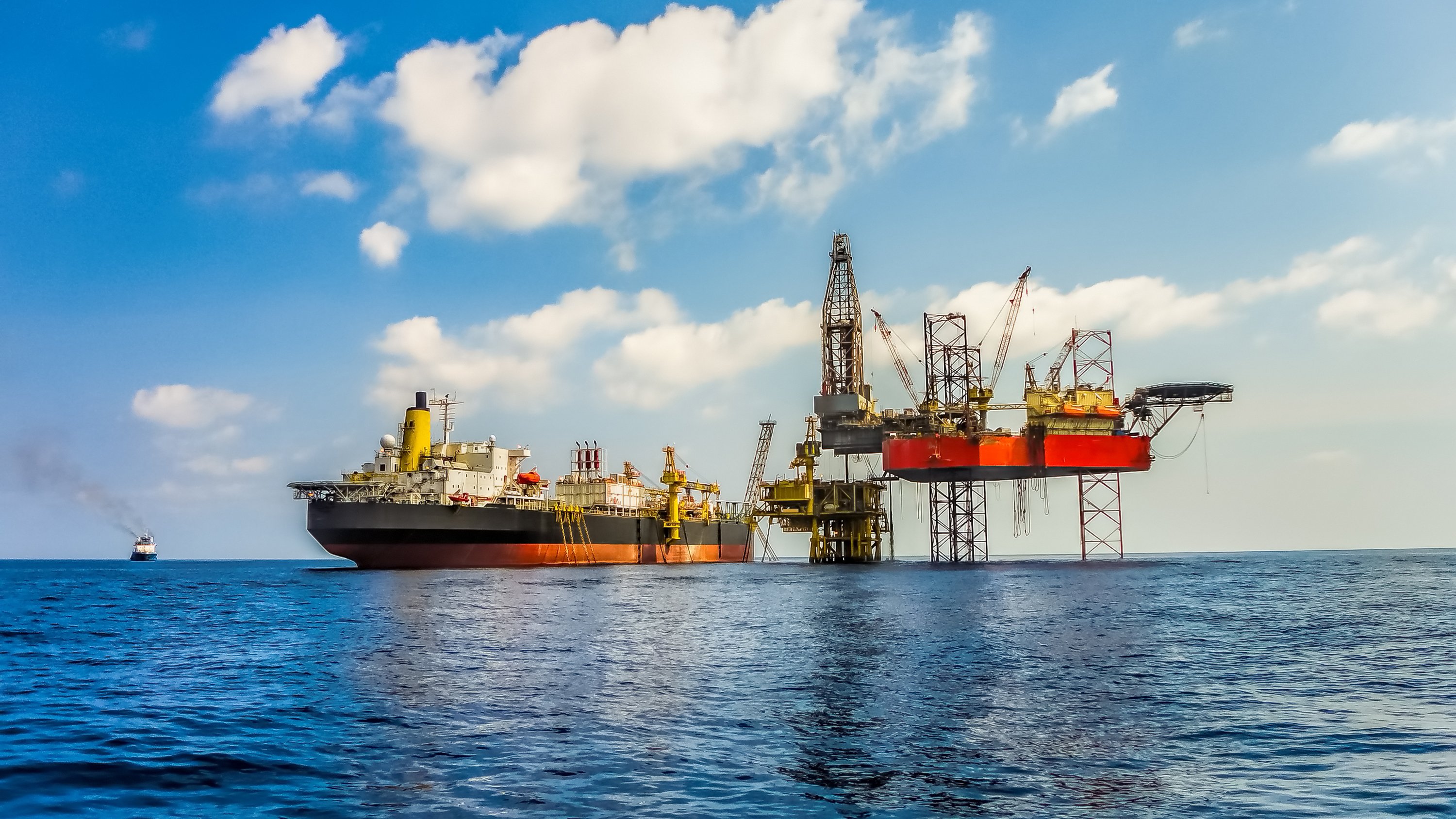3. Reducing risk through OEM integration
Any production facility can contain equipment and skids from a wide number of different OEMs. Part of the challenge for the operators on a vessel is getting these different pieces of equipment seamlessly integrated during start up without delay.
A connected FPSO can be built from its foundations to ensure OEM equipment is integrated harmoniously. Our approach is to use interface management and standardisation of systems to drive coordination among the different OEMs involved. We develop an architecture in collaboration with the operator and ensure that all OEMs deliver their equipment using this framework. This approach reduces risks by having skids connected from the beginning of the project and using software to simplify ongoing management and communication.
Connecting with the right partners
Investment in FPSOs is likely to continue as leaders seek more flexible ways to service renewed global demand by capturing the potential value of oil and gas resources in challenging or isolated locations. Connected vessels help leaders deliver on this goal by taking a more agile approach to production and benefitting from reduced maintenance costs, enhanced monitoring of critical assets and better utilisation of personnel.
Rockwell Automation helps customers to realise the full range of benefits of floating production. We partner with Sensia (a Rockwell Automation and Schlumberger joint venture) to offer the end-to-end services and solutions that help oil and gas companies to get the full value out of their FPSO investment. The partnership draws on our combined strengths to deliver an integrated approach, setting standards for OT and IT systems on the vessels as well as drawing on distinct capabilities around predictive control, condition monitoring systems, petrotechnical expertise and digital solutions that can optimise production.
This unique combination of skills and rich experience in oil and gas helps companies to explore new opportunities in sites that have not previously been explored, while controlling costs and risks. Partnering across the life of the asset, we can ensure the vessel will see more uptime to help maximise the enormous upfront investment.





